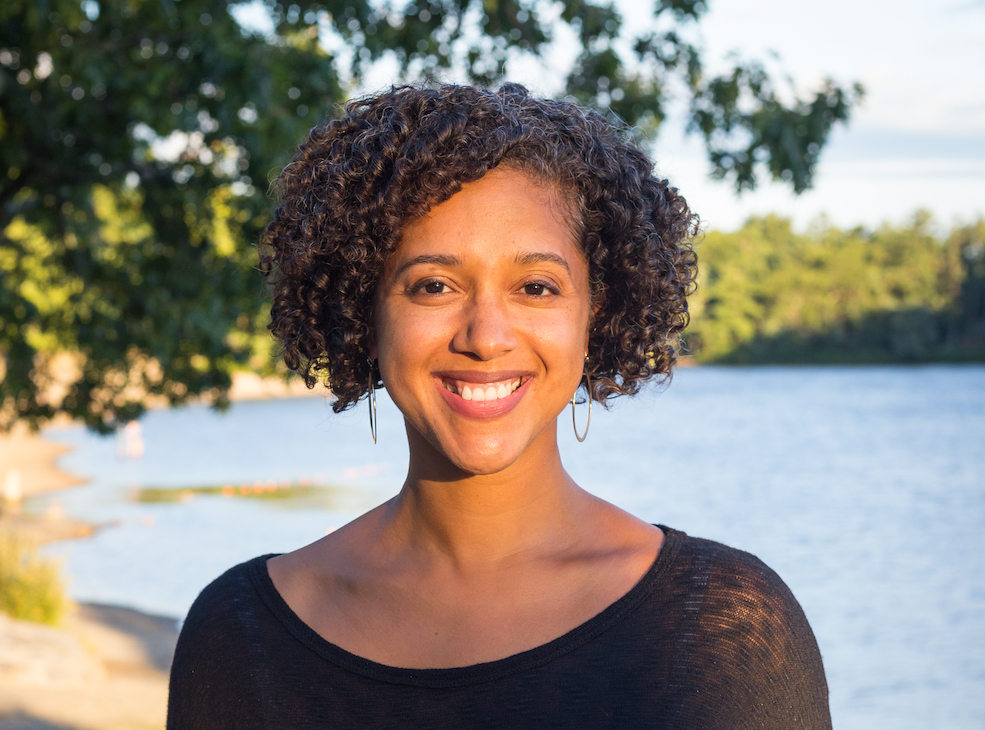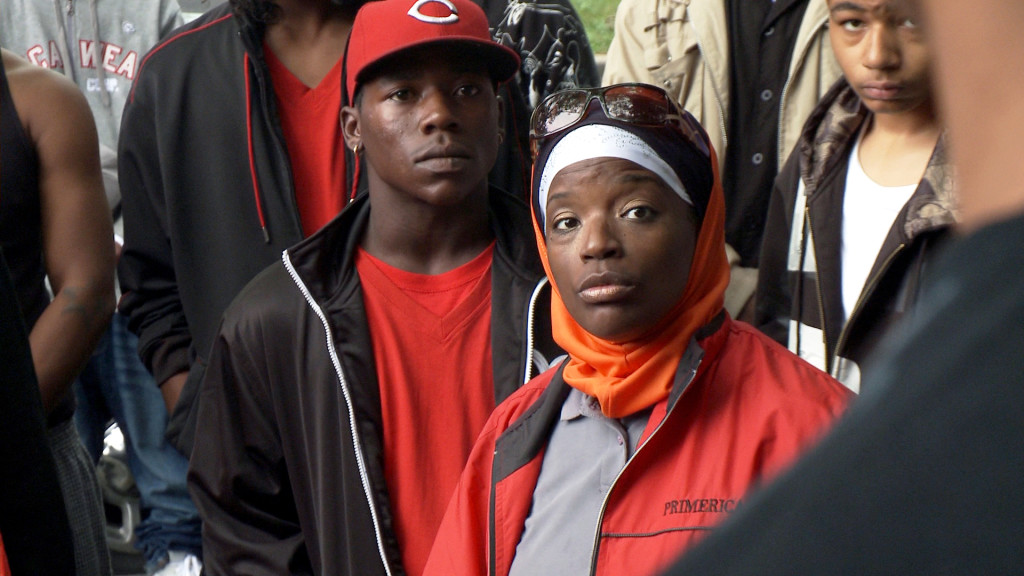What Will It Take to Stop Gang Violence in Chicago?

June 4, 2012
Share
Chicago is trying again to stem its high murder rate, which has been fueled by an entrenched culture of gang violence.
Following a violent Memorial Day weekend during which more than 40 people were shot in the city, the mayor’s office and the police announced a new strategy intended to streamline coordination between city departments and law enforcement, allowing them to share intelligence and resources to curb gang violence.
Homicides rose 60 percent in the first three months of this year as compared to 2011, according to an April analysis by the Chicago Tribune, due in large part to the city’s vast network of gangs.
The city has about 60 gangs that have splintered into about 600 factions, according to Robert Tracy, who heads the Chicago Police Department’s Office of Crime Control Strategies. An analysis [PDF] by the Chicago police found that the vast majority of the 436 murders last year were young black men — in their teens or early 20s — shot by their peers in gang-related incidents. Most victims and their killers had a prior history of arrest.
“What we’ve been doing was very reactive,” Tracy said. “It’s not all about arresting gang members. We [now] have strategies that try to get them out of this type of life.”
Part of the strategy involves warning the most violent gang leaders that they and their cohorts could face harsher penalties for their criminal activity, such as serving time in a federal, rather than a state facility.
The police and city also plan to offer social programs to help gang members complete a GED or find work as an alternative to street crime, and will establish a database for law enforcement to compile data on gang members and their affiliations, so that beat cops can keep up on the latest shifting alliances.
But it’s not yet clear whether the plan will work where other strategies have failed.
“In terms of a broader strategy, I think that’s long overdue,” said Roseanna Ander, University of Chicago Crime Lab’s executive director. “It’s important that policy-makers understand that public safety is not solely the purview of the police department. It is something that needs to be a city-wide priority — not just the mandate of a single agency.”
Ander said that the city should also involve agencies like the public schools, the Parks District, and the Department of Family and Support Services — as well as the communities most directly impacted by the violence.
The city also plans to invest more funding in CeaseFire, a community outreach initiative that’s had some success in curbing violence by tapping former gang members to mediate conflicts and dissolve tension in communities where violence festers. Its efforts were featured in The Interrupters, which we aired earlier this year.
The new funds will allow the program to expand its work to include more neighborhoods, said Gary Slutkin, CeaseFire’s founder and executive director. “We contribute this quite directly to Mayor Emanuel wanting to put in place as much as he can to reduce this problem,” Slutkin said. “Things have been rather stuck for the past few years, so I think he’s going to provide a lot of hope.”
Community participation is the key to reducing violence, CeaseFire Illinois director Tio Hardiman told FRONTLINE back in April, after the Chicago Tribune‘s analysis was released.
“A lot of times violence has become the norm in cities like Chicago, and a lot of times when it comes to black-on-black violence, a lot of people do not necessarily step all the way up,” he said, adding, “Everybody needs to decide what role they’re going to play, and go to work to get this down once and for all. We don’t need to worry about who’s going to get credit, who needs to get credit, when we save lives, the people who are living get the credit.”

Related Documentaries
Latest Documentaries
Related Stories
Related Stories
Policies
Teacher Center
Funding for FRONTLINE is provided through the support of PBS viewers and by the Corporation for Public Broadcasting. Additional funding is provided by the Abrams Foundation; Park Foundation; the John D. and Catherine T. MacArthur Foundation; and the FRONTLINE Journalism Fund with major support from Jon and Jo Ann Hagler on behalf of the Jon L. Hagler Foundation, and additional support from Koo and Patricia Yuen. FRONTLINE is a registered trademark of WGBH Educational Foundation. Web Site Copyright ©1995-2025 WGBH Educational Foundation. PBS is a 501(c)(3) not-for-profit organization.



















